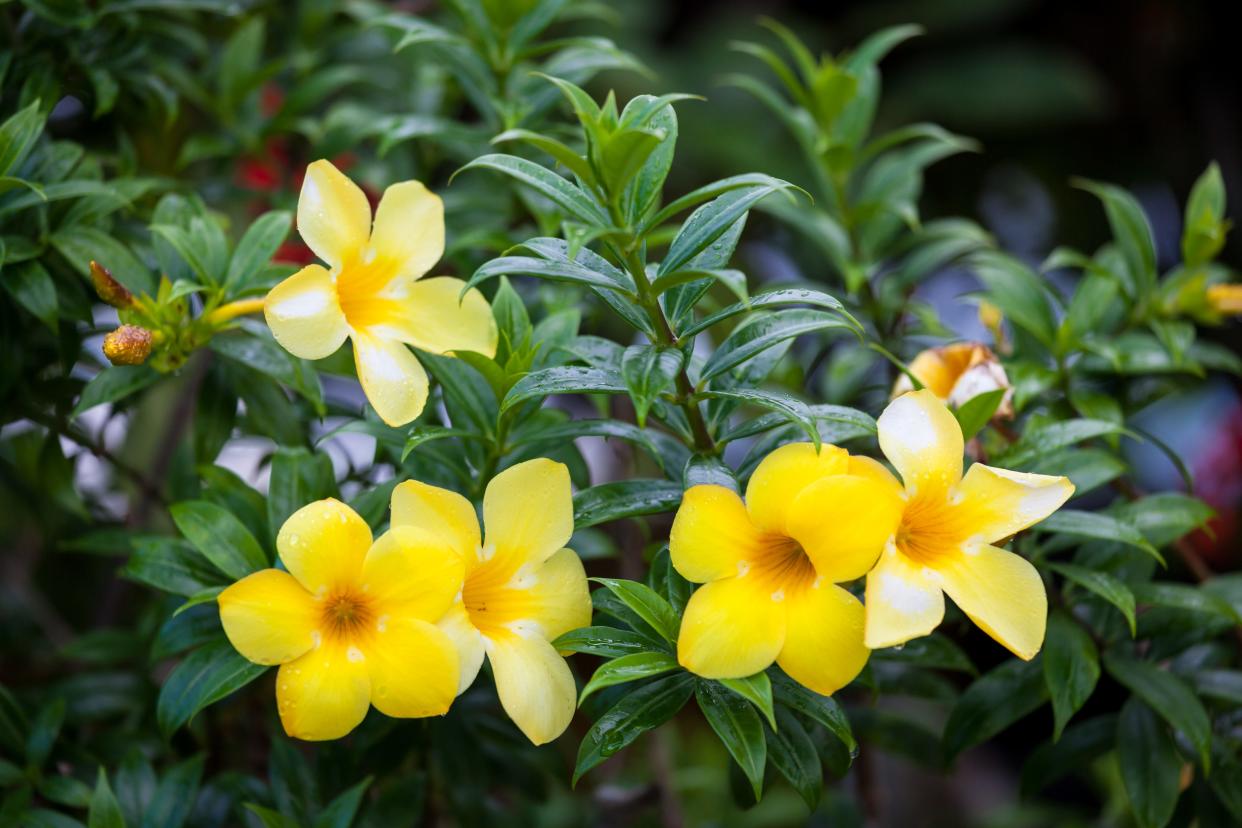CHARES REYNOLDS: Organic matter matters

One of botanist David Fairchild’s books — ‘’Exploring for Plants’’ — includes a photograph taken in Jaffna, Sri Lanka. It’s always made a powerful impression on me, perhaps because the soil there is so similar to ours. The photo depicts growers taking a load of leafy boughs to their fields, to be buried in the soil to improve its organic matter and fertility. Those goals should be emulated by Florida gardeners. The late Thomas B. Mack, Florida Southern College horticulture professor and Ledger columnist, stressed that the most important chore for plant lovers was adding organic matter to their soil. Equally adamant was Hamilton Mason, author of ‘’Your Garden in the South,’’ whose Six Keys to Success chapter begins by explaining the importance of organic soil amendments.
It’s true that not all plants respond positively to improved soil: species most at home on beach fronts or among dunes can die if set in organically enriched sites. But 99 percent of plants grown in our landscapes benefit mightily from enrichment. Top soil, composted manure, peat, planting soil and homemade compost improve soil and the plants that grow in it.
How does organic matter work its magic? Well, organic material holds moisture and nutrients around root systems and encourages the proliferation of beneficial fungi as well as critters such as earthworms and plant-boosting microorganisms. So when preparing a bed for — say — hibiscus or allamanda shrubs, blend in copious quantities of organic matter. If you’re planting a single shrub, dig as large a hole as possible, and mix generous amounts of organic matter with the existing soil. Incidentally, a small quantity of organics really doesn’t make much — if any — different.
What about established shrubs? Their soil can be improved by annually applying composted manure over and beyond the spread of their root systems, and then topping it with 2 or 3 inches of organic mulch. In fact, merely mulching regularly will — over time — immensely improve soil quality. Mulch, of course, doesn’t include materials like rocks or chunks of recycled rubber.
The best mulches are pine bark and pine straw, which are byproducts of the lumber industry. In direct contrast is cypress mulch, which is garnered by felling slow-growing cypress trees solely for horticultural use. Perhaps the most effective mulch for transforming poor soil into top soil is a layer of oak leaves, which decompose rapidly in our climate. If you don’t like the appearance of oak leaves, cover them with pine bark or pine straw.
Charles Reynolds, a Winter Haven resident, has an associate’s degree in horticulture and is a member of Garden Writers Association of America. He can be reached at ballroom16@ aol.com
This article originally appeared on The Ledger: CLIPPINGS

